|
I was approached by Dorset County Council to assess the condition of a large circular tiled column which is situated in the centre of the library in Swanage. The tiles had been made by a local potter, Christopher Russell in 1965 and were made of pottery with coloured glass fused onto the surface to create the decoration. Over the years temperature differences and general wear and tear had left the surface of the glass crizzled in places and there were several cracks in the tiles that had been filled with inappropriate filler. A Trend environmental sensor had been insensitively placed on the column and it’s re-siting had left some large holes in the tiles. The surface of all the tiles were very dirty and many had residues of sellotape and blue tack where notices had been applied. I recommended that all the tiles were cleaned and the poor repairs were removed as far as possible prior to treatment with a more sympathetically coloured resin fill. The Trend monitor could be moved to a more appropriate site and the damage to the tiles caused by it’s fixing repaired. Where grout was missing between the tiles this should be replaced and the cracked glass could be consolidated with a resin to stabilise the cracks , as in some areas there were losses where the surface had become detached. Due to the library being a public space and quite small, consideration had to be given on how to treat the tiles in-situ without causing disruption to it’s use. Fortunately the library was closed on a Tuesday and Thursday, so work could be carried out then, but I needed to choose products that would cure quickly before the room was available to the public the day after. After some research I opted for Akemi polyester resin, used by stone conservators, for it’s light fast, non yellowing properties and it’s ability to take pigment. It is fast curing, liquid enough to consolidate the cracks and can be abraded and polished. Initially the surface of the tiles were cleaned with acetone to remove sellotape residues and other grease marks.
The cracked tiles and crizzled glass were consolidated with lAkemi premium liquid clear polyester adhesive, applied with a pipette and any surplus removed with xylene before the resin cured. Missing areas and drilled holes were filled with Akemi clear knife grade epoxyacrylate adhesive coloured to match with polyester dyes or dry ground pigments. Once cured all filled areas were abraded with sandpaper and polished with micro-mesh abrasive cloths. Finally all the tiles were polished with a commercially available tile polish to seal and protect them from further surface damage.
0 Comments
|
Helen's blogArchives
November 2020
Categories
All
|
HELEN WARREN
Porcelain Restoration
Specialist restorer of European & oriental pottery, porcelain & glass
Workshop: Unit 7, Salterton Workshops, Station Road, Budleigh Salterton, Devon EX9 6RJ | 01395 442600 / 07902 128014
Workshop: Unit 7, Salterton Workshops, Station Road, Budleigh Salterton, Devon EX9 6RJ | 01395 442600 / 07902 128014
© COPYRIGHT 2019 HELEN WARREN. ALL RIGHTS RESERVED | Website design by brightblueC
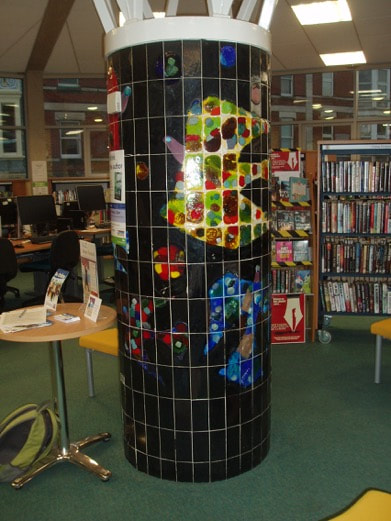
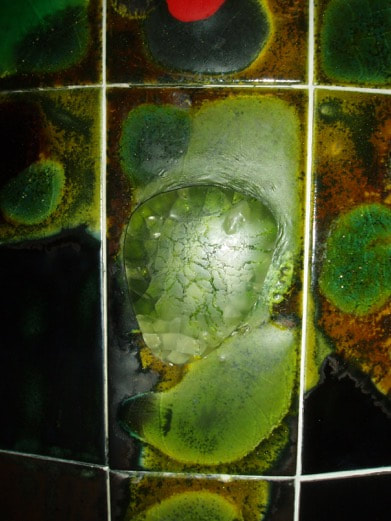
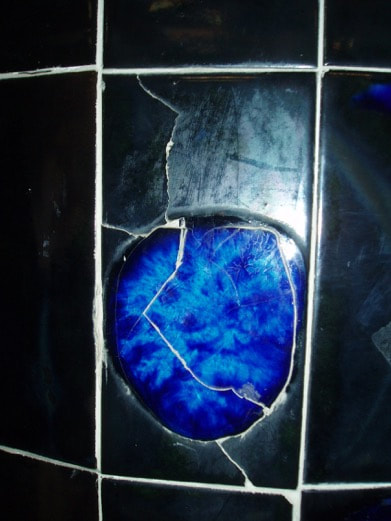
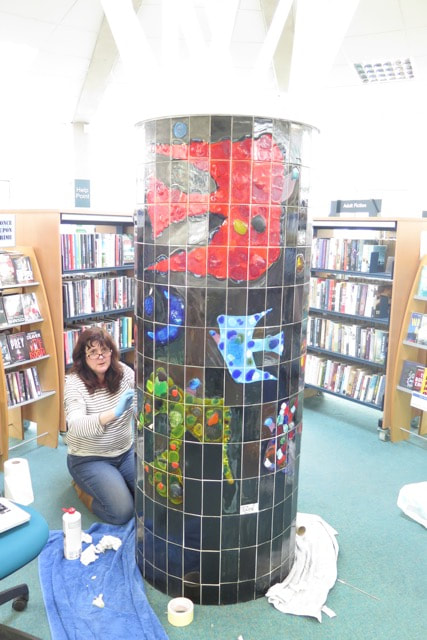
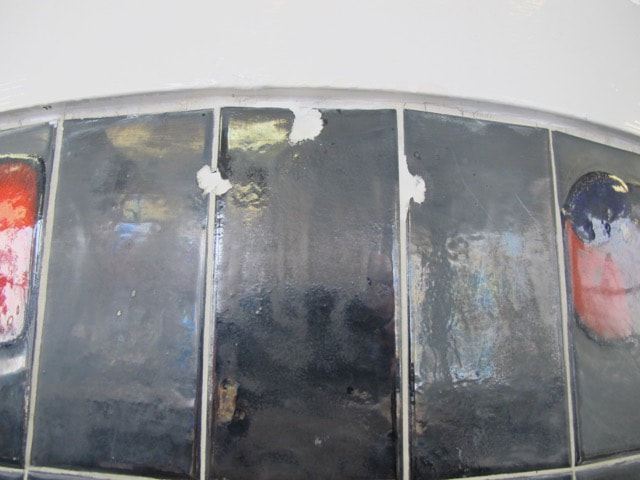
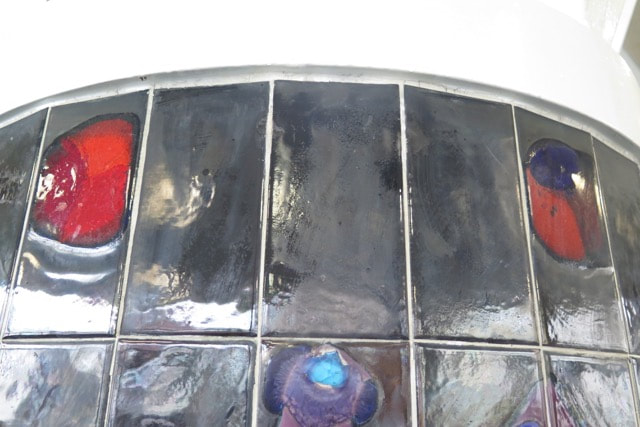
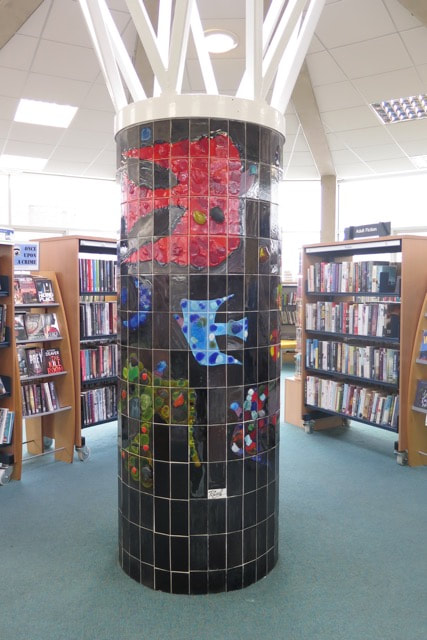
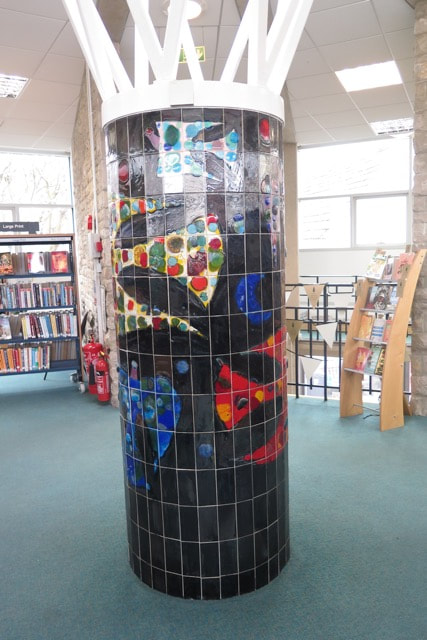
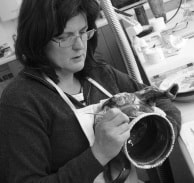
 RSS Feed
RSS Feed
